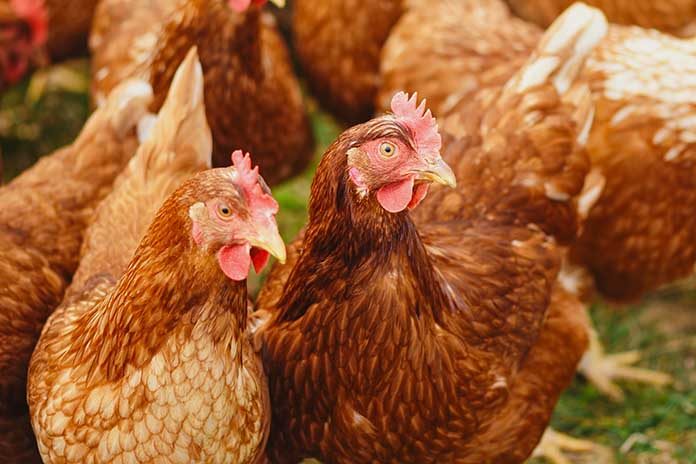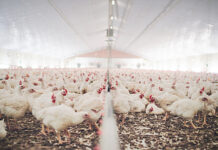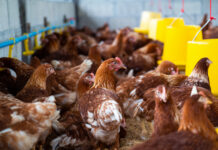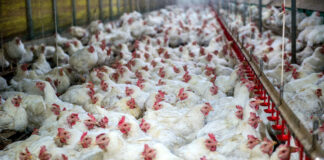
The use of sentinel birds such as specific-pathogen-free (SPF) leghorns has been used extensively to learn about local presence of pathogens in farms, either used as an initial isolation biological system or by filtering antigens that were not used in a current vaccination program.
The strategy of placement of these sentinel birds has varied across regions or companies or in time, to increase the chances of capturing relevant antigens in order to establish control methods to decrease its effects on the general population.
These variations in the strategy used has also been key for non-relevant findings. During the past 4 decades the use of these sentinel birds has varied from coccidia monitoring to viral antigens detection (IBV, IBDV, etc.) and seroconversion to specific endemic antigens (WNV, AIV, etc.). In 2017, we have used sentinel birds to aid in the selection of live respiratory vaccines to decrease aerosacculitis condemnations in the processing plant, in the selection of antigens for autogenous vaccine production, in understanding that not all causes of poor health derived from antigens but less than desirable environment management, amongst others. For example, vaccinated SPF leghorns can aid in discerning the pathogens that are relevant clinically while at the same time discerning the ones used in the vaccination program. This way a field veterinarian can add or substract antigens as part of the strategy for reducing condemnations.

















